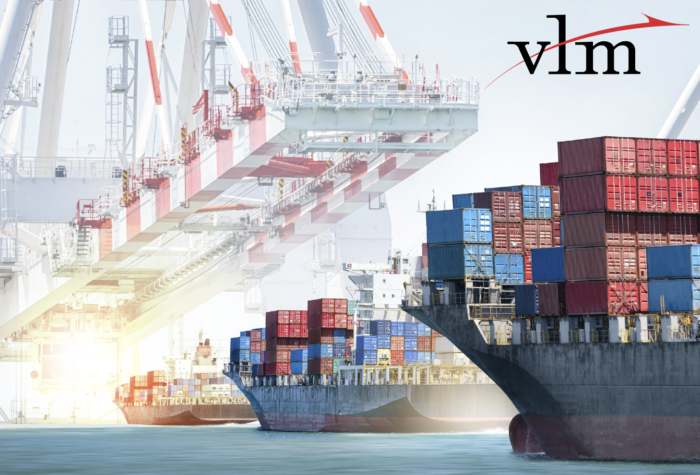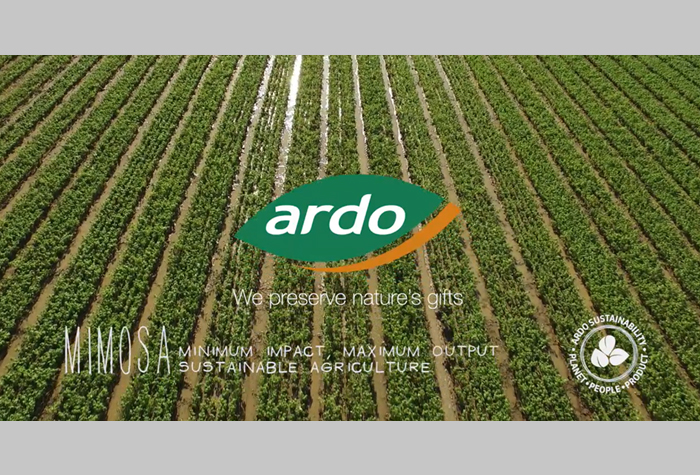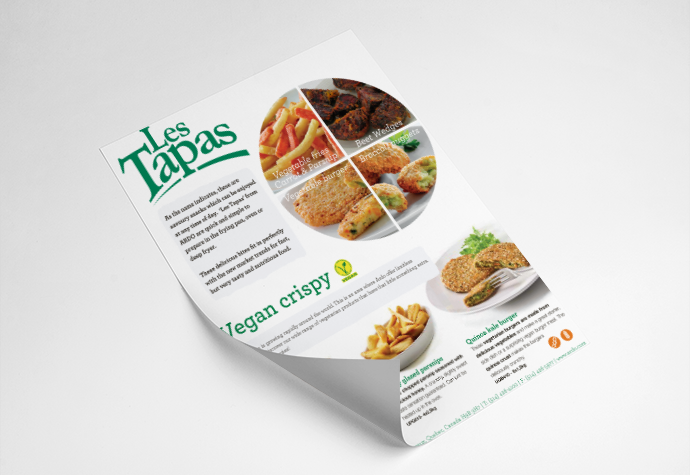Trade Discussions
With trade representatives from Canada, the United States and Mexico meeting in Washington this week for NAFTA renegotiation discussions, trade fact and fiction is back in the news. For some, free trade agreements threaten jobs. For others, free trade agreements are obvious job creating machines. And then there is all that political rhetoric. Regardless of one’s politics, one fact that cannot be denied is that trade, as the most direct form of commerce, has done more to lift more people out of poverty than any other man-made construct or policy. Period.

When it comes to free trade discussions, many focus on the slashing of duties and tariffs without appreciating the broader topic of trade facilitation. As the World Economic Forum (WEF) notes, reducing supply chain barriers can yield much larger increases in GDP growth than slashing duties and tariffs. More specifically, the WEF’s 2013 Enabling Trade report focuses on the benefits to be gained by improving border administration processes as well as transportation and communications infrastructure. If, the WEF suggests, every country could merely come up halfway to the global best practices that currently exist in these areas, global GDP could increase by US$ 2.6 trillion while eliminating all tariffs would only yield an increase of US$ 0.4 trillion. Clearly, trade facilitation is something policy makers need to work on.
NEXUS – Trusted Travel Experience
Having said this, what does facilitation look like? Well, consider the benefits that trusted travelers enjoy. In the United States, Global Entry and its sister program NEXUS allow participants to benefit from expedited customs clearance. As a longstanding NEXUS participant, I am a big fan of the program. Keeping in mind that pre existing agreements between Canada and the United States see travelers clearing U.S. Customs at Canadian airports, my record for parking at Montreal’s Trudeau International airport; printing up my boarding pass; being processed by airport security; clearing customs and grabbing a latte at Starbucks is 12 minutes. O.K., it was an early flight and I got a fantastic parking spot but still.
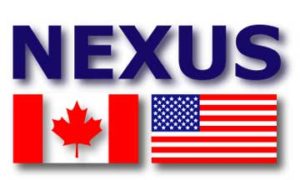
In addition to enjoying quick passage through Canadian airports when traveling to the U.S.A, my NEXUS membership also provides for prioritized screening when flying within Canada as well as accessing TSA Precheck security lines when flying from the USA. Putting my NEXUS trusted travel experience into a supply chain context, I benefit enormously from expedited screening; simplified customs entry; preclearance at origin as well as measurable facilitation benefits extended by other government agencies. Imagine if cargo could be processed this way?
Trusted Trader Program
Well, that is the perspective I bring and have brought in my discussions with both private sector and government stakeholders. Back in 2012 I had the honor of being invited by CBP to participate in what was then called the All Threats Co-Creating Trusted Trader Working Group made up of a who’s who of the retail, apparel, pharmaceutical, aerospace, automotive, petrochemical and food sectors. On the regulatory side, folks from various CBP offices, the TSA, CPSC and FDA participated in our face to face and conference call meetings which ran from 2012 through 2014. While the workgroup had no authority to impose trade facilitation recommendations it did prove to be a powerful idea generator. More recently, VLM was selected by CBP to participate in their Trusted Trader Program pilot and I’ll be joining two of our fellow pilot participants, Toyota and Apple, as part of a Trusted Trader panel at this month’s C-TPAT conference in Detroit where I hope we will not only provide a program update but also stimulate a broader discussion on facilitating the trade of goods by highly compliant companies.
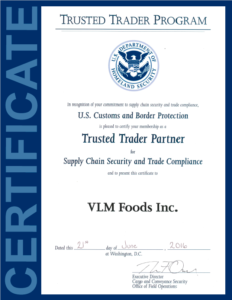
Be it a trusted traveler program or a trusted trader program, success is dependent upon the alignment of appropriate administrative processes and physical infrastructure. Montreal’s purpose-built airport terminal reserved for U.S. bound flights is an example and so too are the single window IT portals being used by Customs administrations. Moving from transaction based customs processing to account based management is another as is the correct and timely submission of advanced trade data.
The coming months may see heated rhetoric and posturing by parties engaged in NAFTA renegotiations as well as folks evaluating the trade terms and conditions that Britain may need to accept post Brexit. I for one will be looking to see whether policy makers use these opportunities to resists protectionist impulses and instead seek meaningful ways to facilitate trade. We all have a stake in where these negotiations take us and I’d love to hear your thoughts on trade facilitation.

